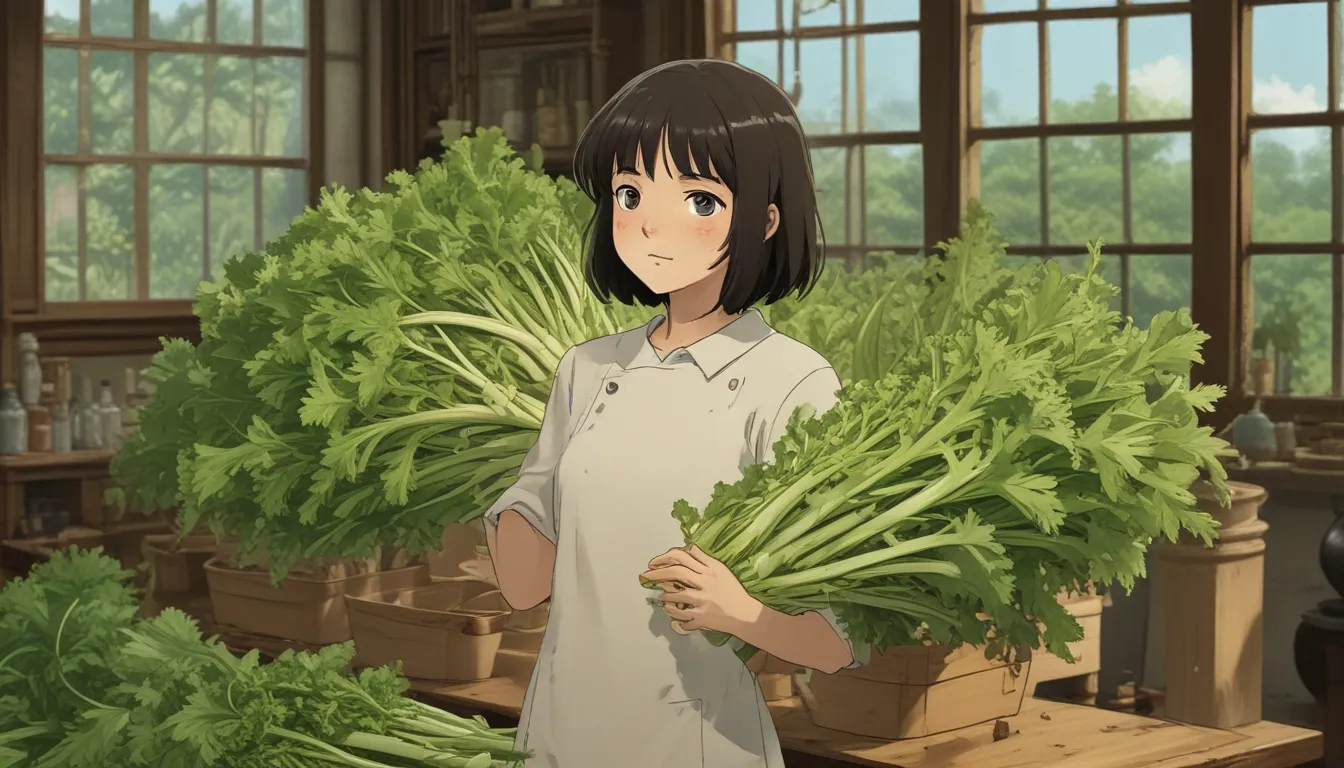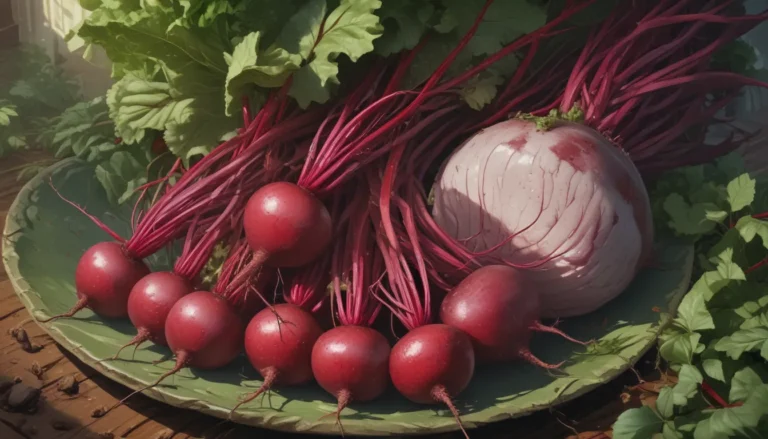7 Reasons Why Your Homegrown Celery May be Skinny: A Comprehensive Guide

When it comes to growing your vegetables at home, there’s nothing quite like the satisfaction of seeing your efforts bear fruit – or, in this case, vegetables. Celery, with its statuesque ribs and crisp texture, is a popular choice for home gardeners looking to add a fresh, healthy snack to their diets. However, if you’ve ever grown celery and found that your stalks are on the thinner side, you’re not alone.
In this article, we’ll delve into seven reasons why your homegrown celery may be skinny, and provide you with valuable information on how to avoid this common issue. From inadequate light to varietal characteristics, we’ll cover everything you need to know to help your celery reach its full potential.
Reasons for Skinny Celery
- Inadequate Light
- Lack of Nutrients
- Moisture Stress
- Pests or Disease
- Premature Harvest
- Temperatures Are Too Hot
- Varietal Characteristics
Let’s take a closer look at each of these reasons and how they can impact the growth and development of your celery plants.
1. Inadequate Light
Celery plants require ample light to thrive, especially during their early stages of growth. Whether you’re starting your seeds indoors or transplanting them outside, ensuring that your plants receive at least six hours of full sun per day is essential for optimal growth. Without adequate light, celery may struggle to reach its full potential.
2. Lack of Nutrients
As a “heavy feeder,” celery requires nutrient-rich soil to support its growth. Adding compost, aged manure, and a balanced fertilizer to your soil can help provide the essential nutrients your celery plants need to flourish. Remember, celery is a shallow-rooted vegetable that feeds high in the ground, so ensuring that your soil is rich in nutrients is crucial.
3. Moisture Stress
Celery plants thrive in moist conditions, so it’s essential to provide them with consistent water throughout their growth cycle. Without sufficient water, celery ribs may begin to shrink, and foliage may turn yellow. Monitoring the moisture levels in your soil and adjusting your watering routine accordingly can help prevent moisture stress and support healthy growth.
4. Pests or Disease
Pests like aphids and root-knot nematodes can wreak havoc on celery plants, leading to stunted growth and thin stalks. Monitoring your plants for signs of pests and disease and taking proactive measures to manage them can help prevent damage and support healthy growth. Consider using organic pest control methods to protect your celery from common garden pests.
5. Premature Harvest
Harvesting celery too early can result in thin stalks and underdeveloped ribs. It’s essential to allow your plants enough time to reach maturity before harvesting to ensure that they develop properly. Be sure to follow the recommendations for your specific celery variety and avoid harvesting too soon to promote optimal growth.
6. Temperatures Are Too Hot
Celery is a cool-weather crop that thrives in moderate temperatures. Planting seeds too late or too early in the season can subject your plants to heat stress, leading to thin ribs and stunted growth. Be mindful of the temperature requirements of celery and plant accordingly to avoid exposing your plants to extreme heat.
7. Varietal Characteristics
Sometimes, the type of celery you’re growing may naturally produce thinner stalks. Varieties like Chinese celery are known for their narrow ribs and may not grow as large as other types of celery. Understanding the characteristics of the variety you’re growing can help you manage your expectations and avoid disappointment when it comes to the size of your celery stalks.
Wrapping Up
Growing celery at home can be a rewarding experience, but it’s essential to address potential issues that may arise along the way. By understanding the reasons why your celery may be skinny and taking proactive steps to support its growth, you can maximize the potential of your crop and enjoy healthy, robust celery stalks.
Have you encountered thin stalks on your celery plants? Share your experiences in the comments below!
For more information on growing celery and troubleshooting common issues, check out these articles:
– 5 Reasons Why Your Celery Tastes Bitter (And What to Do About It)
– How to Blanch Celery in the Garden (And Why You Should!)
– When and How to Harvest Celery
Growing your vegetables at home is a rewarding experience that can provide you with fresh, healthy produce right in your backyard. By addressing common issues like skinny celery stalks and taking proactive steps to support your plants’ growth, you can enjoy a bountiful harvest of crisp, flavorful celery that’s perfect for snacking, cooking, and enjoying fresh from the garden.
Remember, with the right care and attention, your homegrown celery can reach its full potential and provide you with ample proportions worthy of a Renaissance work of art. Happy gardening!





